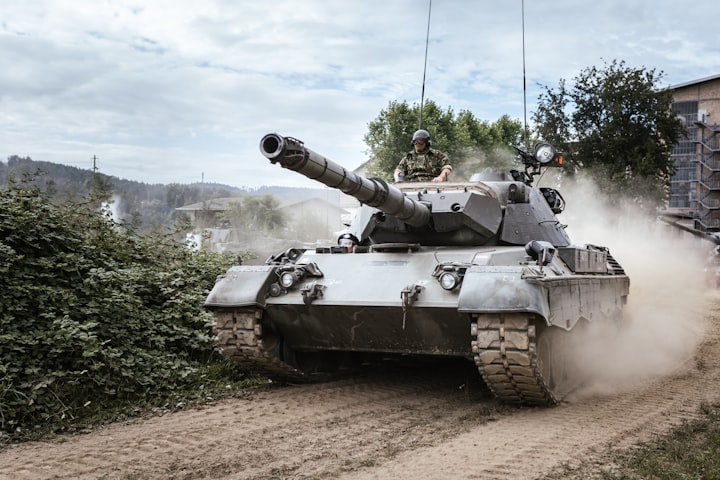
In a world marked by constant turmoil, conflicts, and violence, the pursuit of world peace remains a noble and paramount objective. Yet, we must ask ourselves: Is world peace a dream that can be achieved, or is it an unattainable ideal? As an expert politician, I firmly believe that while world peace is a challenging endeavor, it is by no means an impossible dream.
The Road to Peace
First and foremost, it is essential to recognize that world peace is not an overnight accomplishment. It is a complex, long-term process that demands unwavering commitment, international cooperation, and persistent effort. The journey toward peace involves addressing deep-seated grievances, mitigating power struggles, and fostering understanding among nations with diverse interests.
Diplomacy as the Cornerstone
Diplomacy stands as the cornerstone of any meaningful peace effort. Nations must be willing to engage in open, honest, and constructive dialogues. Diplomacy seeks to bridge differences, find common ground, and build consensus among nations, thereby preventing conflicts from escalating into violence. While diplomacy may have its setbacks, it remains the most effective tool in resolving international disputes.
International Organizations and Agreements
Global organizations, such as the United Nations, play an indispensable role in the pursuit of world peace. These entities provide a platform for nations to come together, discuss their concerns, and work collectively to prevent conflicts and promote security. International agreements and treaties, from arms control to environmental protection, establish a framework for cooperation and compliance among nations, further contributing to global stability.
Conflict Resolution Mechanisms
Effective conflict resolution mechanisms, such as negotiation, mediation, and arbitration, can prevent disputes from spiraling into violence. These methods require impartial third-party intervention to facilitate dialogue and help parties reach mutually acceptable solutions. By addressing root causes and grievances, these mechanisms can contribute significantly to peace efforts.
Disarmament and Security
Reducing the proliferation of weapons, particularly nuclear weapons, is paramount in the pursuit of world peace. Disarmament efforts help minimize the potential for conflicts to escalate into devastating wars. Stricter arms control measures and disarmament agreements can significantly enhance global security.
Human Rights and Equality
Ensuring the protection and promotion of human rights is fundamental to achieving lasting peace. Addressing social inequalities, injustice, and discrimination is essential to preventing conflicts rooted in these issues. A world where every individual enjoys equal rights and opportunities is more likely to be a peaceful world.
Education and Awareness
Education plays a vital role in fostering a culture of peace. By teaching tolerance, intercultural understanding, and conflict resolution skills, we can empower future generations to become peace ambassadors. Public awareness campaigns can also help highlight the importance of peace and encourage individuals to support peacebuilding efforts.
Economic Development and Stability
Economic instability and poverty can be breeding grounds for conflict. Promoting sustainable economic development and addressing economic disparities are critical steps toward global stability. When people have access to opportunities and economic security, they are less likely to resort to violence to meet their needs.
The Role of Civil Society
Grassroots initiatives, civil society organizations, and concerned citizens all have a part to play in the pursuit of world peace. By advocating for peace, organizing peace rallies, and supporting peacebuilding efforts, individuals and communities can make a tangible impact on the path to peace.
Conclusion
In conclusion, while world peace is undoubtedly a challenging goal, it is a goal worth pursuing with determination and optimism. Achieving global peace requires a comprehensive approach that encompasses diplomacy, international cooperation, conflict resolution, disarmament, human rights, education, economic development, and the active engagement of civil society.
We must recognize that world peace is not an unattainable dream but a realistic objective that demands collective action and commitment from nations around the world. It is a journey that may be long and fraught with obstacles, but history has shown that progress can be made when we prioritize dialogue, understanding, and cooperation over conflict and aggression.
As an expert politician, I firmly believe that the pursuit of world peace is not only desirable but also achievable. It is a vision that can guide us toward a future where nations coexist peacefully, conflicts are resolved through dialogue, and the dream of a more peaceful world becomes a reality for generations to come.
About the Creator
moha jone
I like science - fiction -- fantasy - adventure and I enjoy mystery






Comments
There are no comments for this story
Be the first to respond and start the conversation.